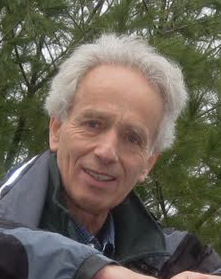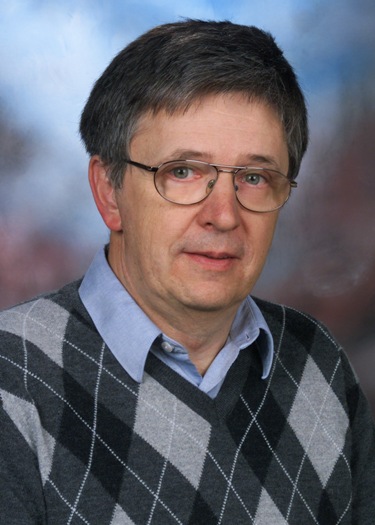
Computation Complexity
These notes deal with the foundations of complexity theory for a one-semester graduate course. Part of it is also suitable for an undergraduate course, at a slower pace. Mathematical maturity is the main prerequisite.
Tag(s): Theory of Computation
Publication date: 15 Mar 1994
ISBN-10: n/a
ISBN-13: n/a
Paperback: 169 pages
Views: 20,335
Type: Lecture Notes
Publisher: n/a
License: n/a
Post time: 21 Mar 2007 12:28:45
Computation Complexity
 These notes deal with the foundations of complexity theory for a one-semester graduate course. Part of it is also suitable for an undergraduate course, at a slower pace. Mathematical maturity is the main prerequisite.
These notes deal with the foundations of complexity theory for a one-semester graduate course. Part of it is also suitable for an undergraduate course, at a slower pace. Mathematical maturity is the main prerequisite.
Publication date: 15 Mar 1994
ISBN-10: n/a
ISBN-13: n/a
Paperback: 169 pages
Views: 20,335
Document Type: Lecture Notes
Publisher: n/a
License: n/a
Post time: 21 Mar 2007 12:28:45
The need to be able to measure the complexity of a problem, algorithm or structure, and to obtain bounds and quantitive relations for complexity arises in more and more sciences: besides computer science, the traditional branches of mathematics, statistical physics, biology, medicine, social sciences and engineering are also confronted more and more frequently with this problem. In the approach taken by computer science, complexity is measured by the quantity of computational resources (time, storage, program, communication). These notes deal with the foundations of this theory.
Computation theory can basically be divided into three parts of different character. First, the exact notions of algorithm, time, storage capacity, etc. must be introduced. For this, different mathematical machine models must be defined, and the time and storage needs of the computations performed on these need to be clarified (this is generally measured as a function of the size of input). By limiting the available resources, the range of solvable problems gets narrower; this is how we arrive at different complexity classes. The most fundamental complexity classes provide important classification even for the problems arising in classical areas of mathematics; this classification reflects well the practical and theoretical difficulty of problems. The relation of different machine models to each other also belongs to this first part of computation theory.
Second, one must determine the resource need of the most important algorithms in various areas of mathematics, and give efficient algorithms to prove that certain important problems belong to certain complexity classes. In these notes, we do not strive for completeness in the investigation of concrete algorithms and problems; this is the task of the corresponding fields of mathematics (combinatorics, operations research, numerical analysis, number theory).
Third, one must find methods to prove "negative results", i.e. for the proof that some problems are actually unsolvable under certain resource restrictions. Often, these questions can be formulated by asking whether some introduced complexity classes are different or empty. This problem area includes the question whether a problem is algorithmically solvable at all; this question can today be considered classical, and there are many important results related to it. The majority of algorithmic problems occurring in practice is, however, such that algorithmic solvability itself is not in question, the question is only what resources must be used for the solution. Such investigations, addressed to lower bounds, are very difficult and are still in their infancy. In these notes, we can only give a taste of this sort of result.
It is, finally, worth remarking that if a problem turns out to have only "difficult" solutions, this is not necessarily a negative result. More and more areas (random number generation, communication protocols, secret communication, data protection) need problems and structures that are guaranteed to be complex. These are important areas for the application of complexity theory; from among them, we will deal with cryptography, the theory of secret communication.
Tweet
About The Author(s)
Péter Gács is a Professor in the Computer Science Department of the Boston University. His research interests are fault-tolerant cellular automata, algorithmic information theory, computational complexity theory, and quantum information theory.

Péter Gács is a Professor in the Computer Science Department of the Boston University. His research interests are fault-tolerant cellular automata, algorithmic information theory, computational complexity theory, and quantum information theory.
László Lovász is a Professor in the Department of Computer Science of the Eötvös Loránd University in Budapest, Hungary. His research topics cover combinatorial optimization, algorithms, complexity, graph theory, and random walks.

László Lovász is a Professor in the Department of Computer Science of the Eötvös Loránd University in Budapest, Hungary. His research topics cover combinatorial optimization, algorithms, complexity, graph theory, and random walks.